Piraeus Tower is a Greek high-rise icon revived through sustainable strategies
The restoration of the Piraeus Tower is completed in Greece, revealing a revived façade by local architecture studio PILA
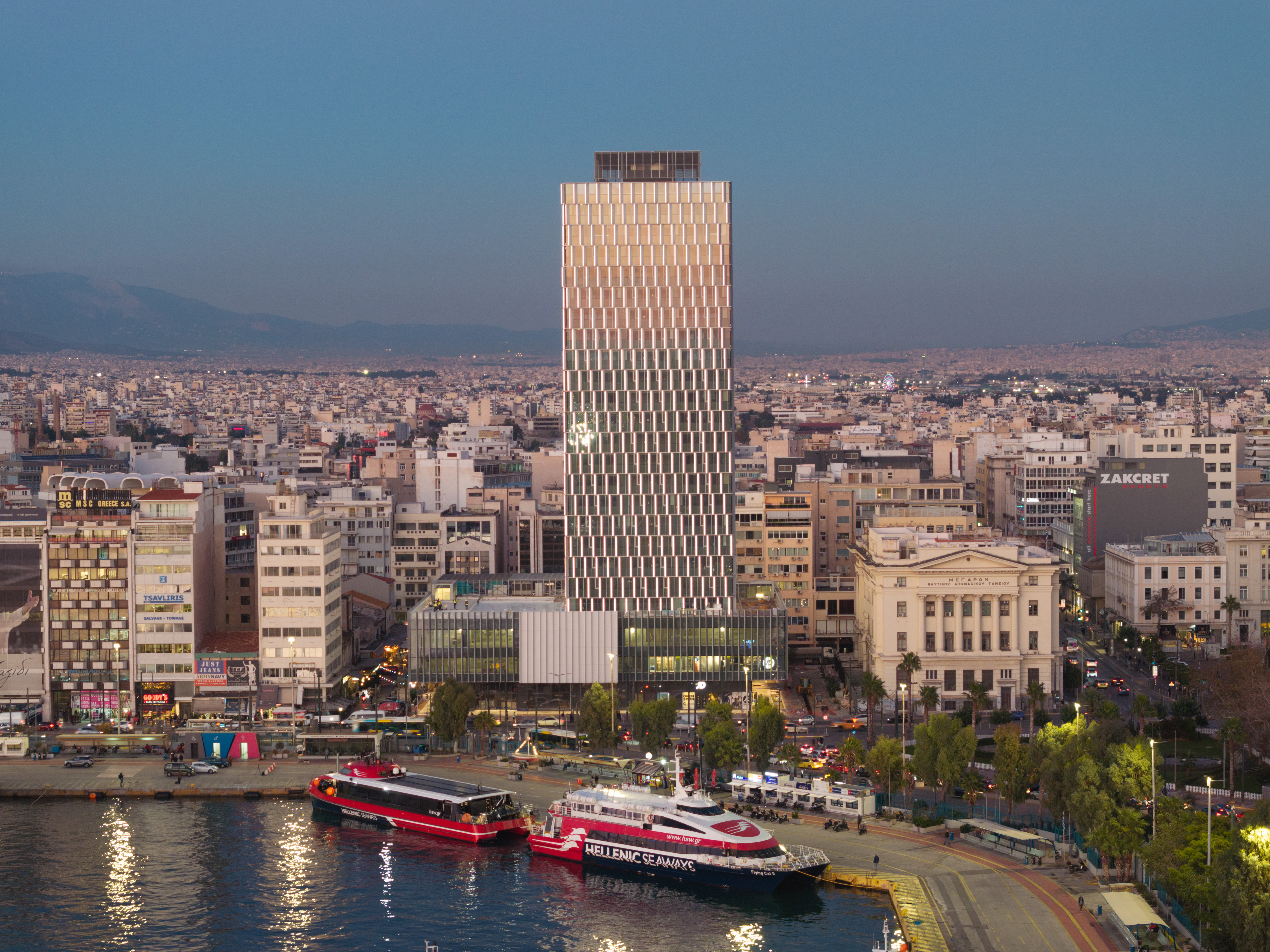
When we last visited Piraeus Tower on the Greek capital's coast in 2022 for our trip to explore the thriving Athens architecture and culture scene, the 1972 port icon was in the midst of a highly anticipated renovation.
A long-abandoned modern ruin and the second tallest high rise in Greece, the tower has now been reimagined as a mixed-use scheme, aimed at redefining the busy, yet somewhat architecturally neglected, port district of Piraeus. Local developer Dimand worked on a special new façade for the scheme with young studio PILA (local studio Betaplan acted as the lead architect for the overall scheme), founded by architect Ilias Papageorgiou, who left a partner position at New York’s SO-IL in 2019 to return to Athens and set up shop on his own.

Piraeus Tower: an icon revived
‘After ten years of a harsh economic crisis, Greece is undergoing a rapid transformation on many fronts,’ Papageorgious said at the time. ‘This building is situated on a really important part of the wider city of Athens. We see the “awakening” of the abandoned structure of the tower as sparking a broader regeneration, allowing for the life of the city to move closer to the water.’

During the same trip, Dimand COO Olga Itsiou added: 'The Piraeus Tower was an unfinished building, a sleeping giant for more than 40 years. It has never operated except for minimal commercial uses on the ground and first two floors. It was not filled with people. [Now], offices, shops, a gym, an all-day restaurant, and a café will enable approximately 2,000 people to work there.’

Completed this summer, the main building has been transformed into sleek offices and retail space. A second phase, currently in the works, will include public landscaping, aiming to further revitalise the surrounding context and reframe the port’s pedestrian access and circulation via a new green footbridge.
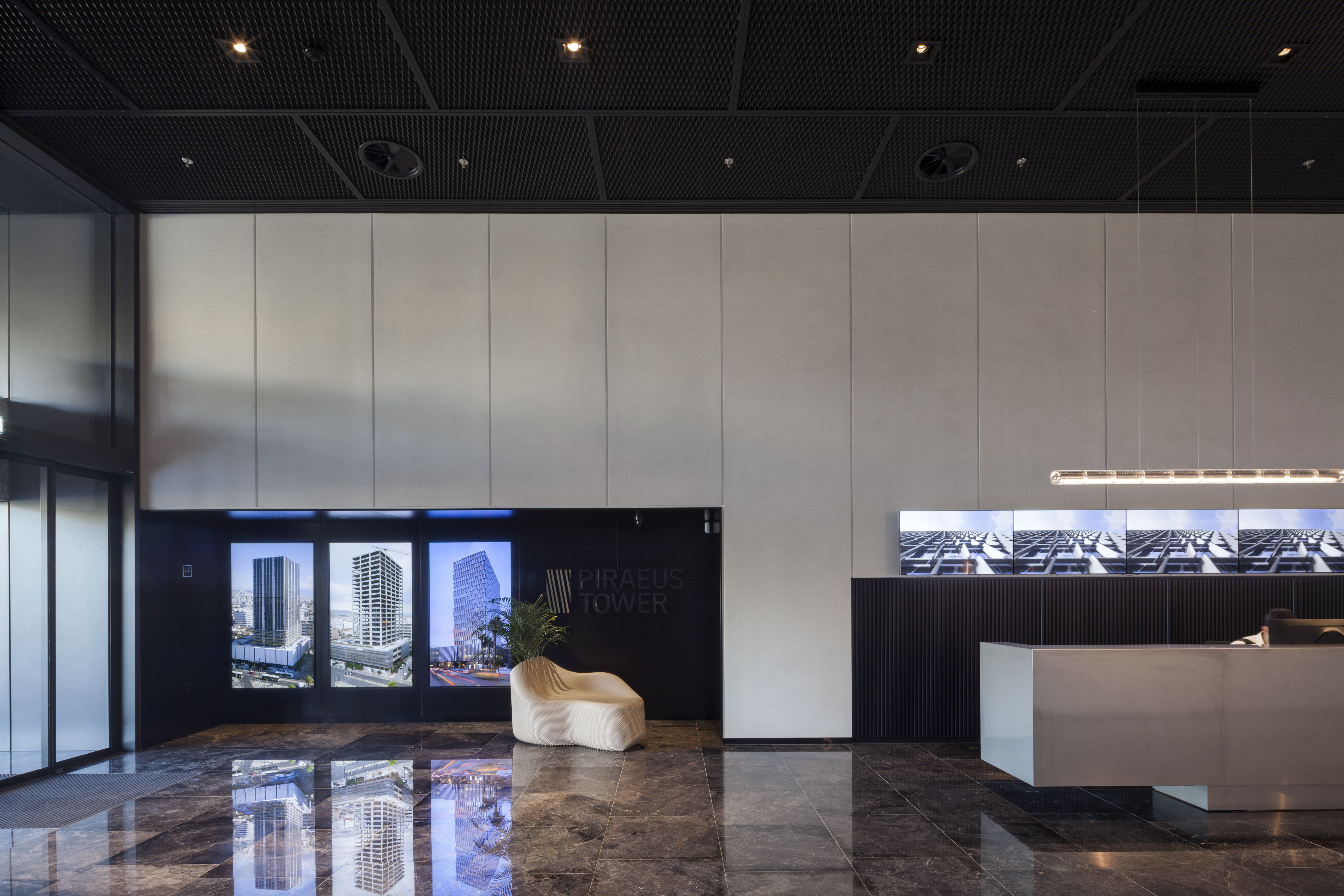
For now, Piraeus Tower is up and running, flying the flag for sustainable architecture and retrofitting. The team was keen to implement a range of eco-friendly strategies; for example, its louvres, which reduce solar gain on the façade by 45 per cent; façade elements chosen following light pollution studies; the use of photovoltaic panels; and the recycling of more than 5,000 sq m of glass during construction, a proportion of which was installed as new glass in the project.

The project, hailed by its authors as the 'first green high rise in Greece', is nothing if not ambitious, awarded the first LEED Platinum certification for a building of its type in the country, while highlighting the potential of adaptive reuse.
Receive our daily digest of inspiration, escapism and design stories from around the world direct to your inbox.
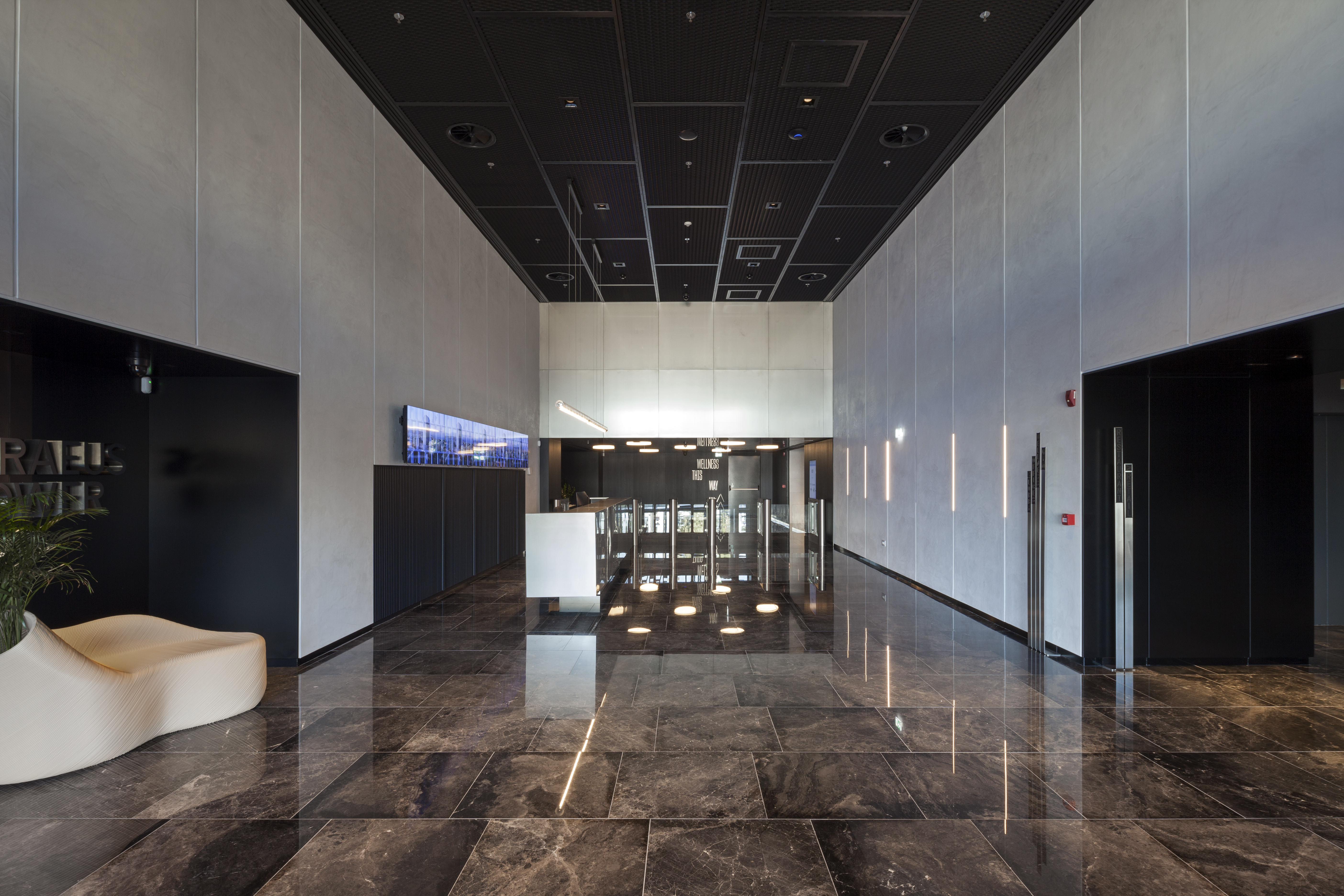
'The rejuvenation of Piraeus Tower exemplifies adaptive reuse at its finest. By reimagining existing structures, we can transform our city into a more sustainable and livable environment,' said Papageorgiou and his partner at PILA Christina Papalexandri on the occasion of the opening.
Ellie Stathaki is the Architecture & Environment Director at Wallpaper*. She trained as an architect at the Aristotle University of Thessaloniki in Greece and studied architectural history at the Bartlett in London. Now an established journalist, she has been a member of the Wallpaper* team since 2006, visiting buildings across the globe and interviewing leading architects such as Tadao Ando and Rem Koolhaas. Ellie has also taken part in judging panels, moderated events, curated shows and contributed in books, such as The Contemporary House (Thames & Hudson, 2018), Glenn Sestig Architecture Diary (2020) and House London (2022).
-
 A day in Ahmedabad – tour the Indian city’s captivating architecture
A day in Ahmedabad – tour the Indian city’s captivating architectureIndia’s Ahmedabad has a thriving architecture scene and a rich legacy; architect, writer and photographer Nipun Prabhakar shares his tips for the perfect tour
-
 You can now stay in one of Geoffrey Bawa’s most iconic urban designs
You can now stay in one of Geoffrey Bawa’s most iconic urban designsOnly true Bawa fans know about this intimate building, and it’s just opened as Colombo’s latest boutique hotel
-
 Pentagram’s identity for eVTOL brand Vertical Aerospace gives its future added lift
Pentagram’s identity for eVTOL brand Vertical Aerospace gives its future added liftAs Vertical Aerospace reveals Valo, a new air taxi for a faster, zero-emission future, the brand has turned to Pentagram to help shape its image for future customers
-
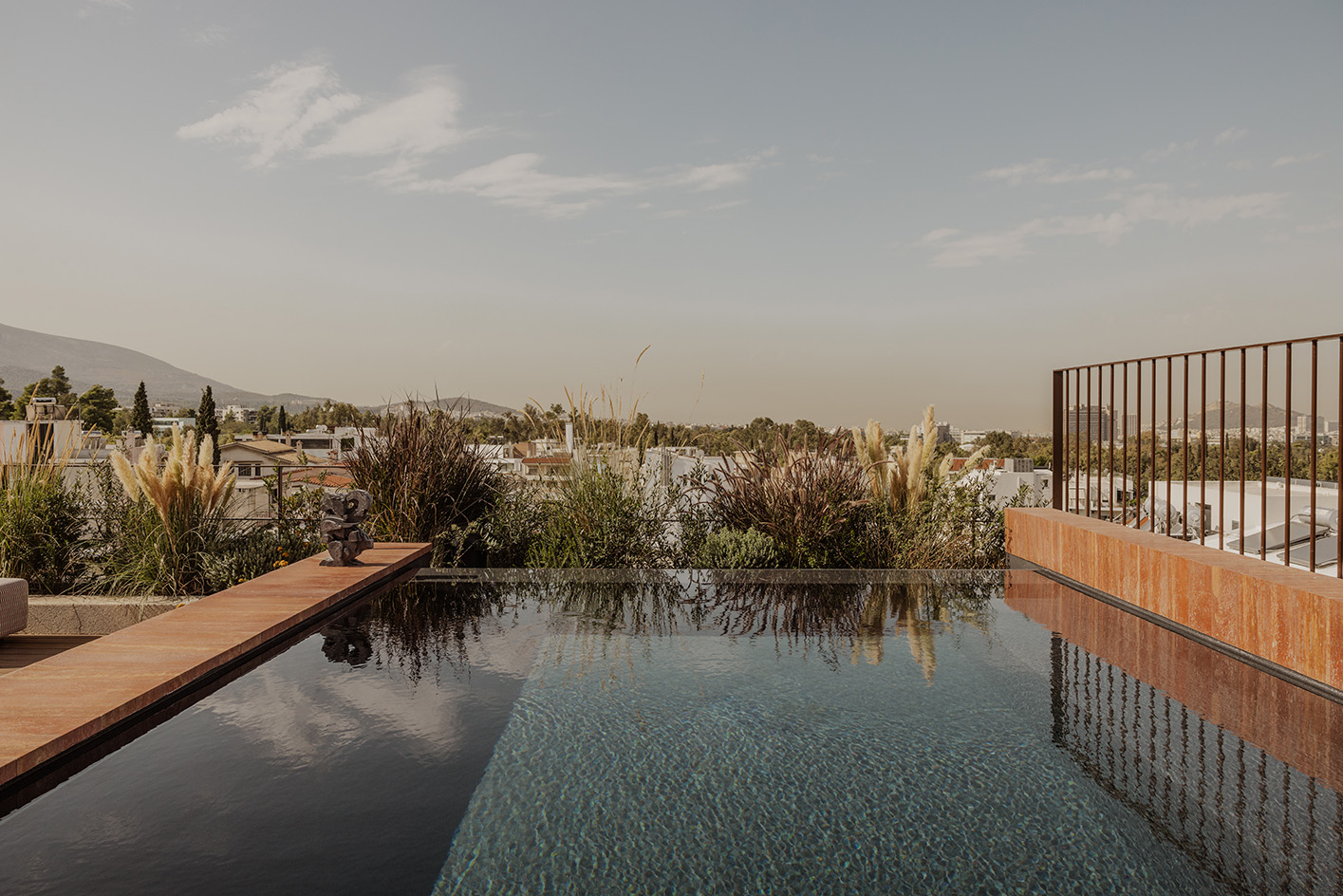 Tour an Athens penthouse – its designers’ own ‘house in the sky’
Tour an Athens penthouse – its designers’ own ‘house in the sky’This penthouse by Block722 is the architecture studio founders' own home and shows off impeccable detailing and dreamy, airy vibes
-
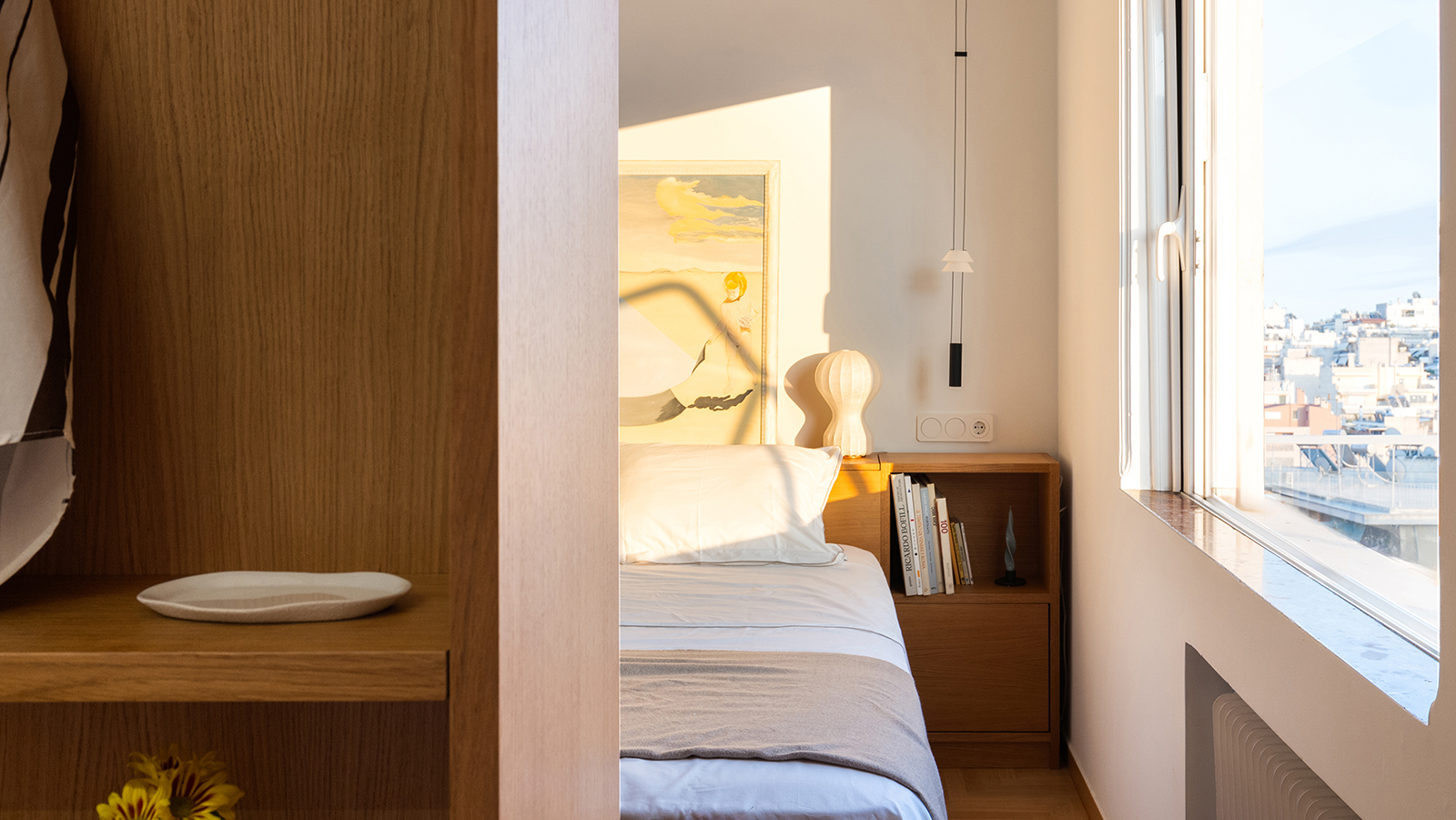 Explore a refreshed Athens apartment full of quirk and midcentury character
Explore a refreshed Athens apartment full of quirk and midcentury characterA 1960s Athens apartment is revived by architects Aspassia Mitropapa and Christina Iliopoulou, who elegantly brought its midcentury appeal to the 21st century
-
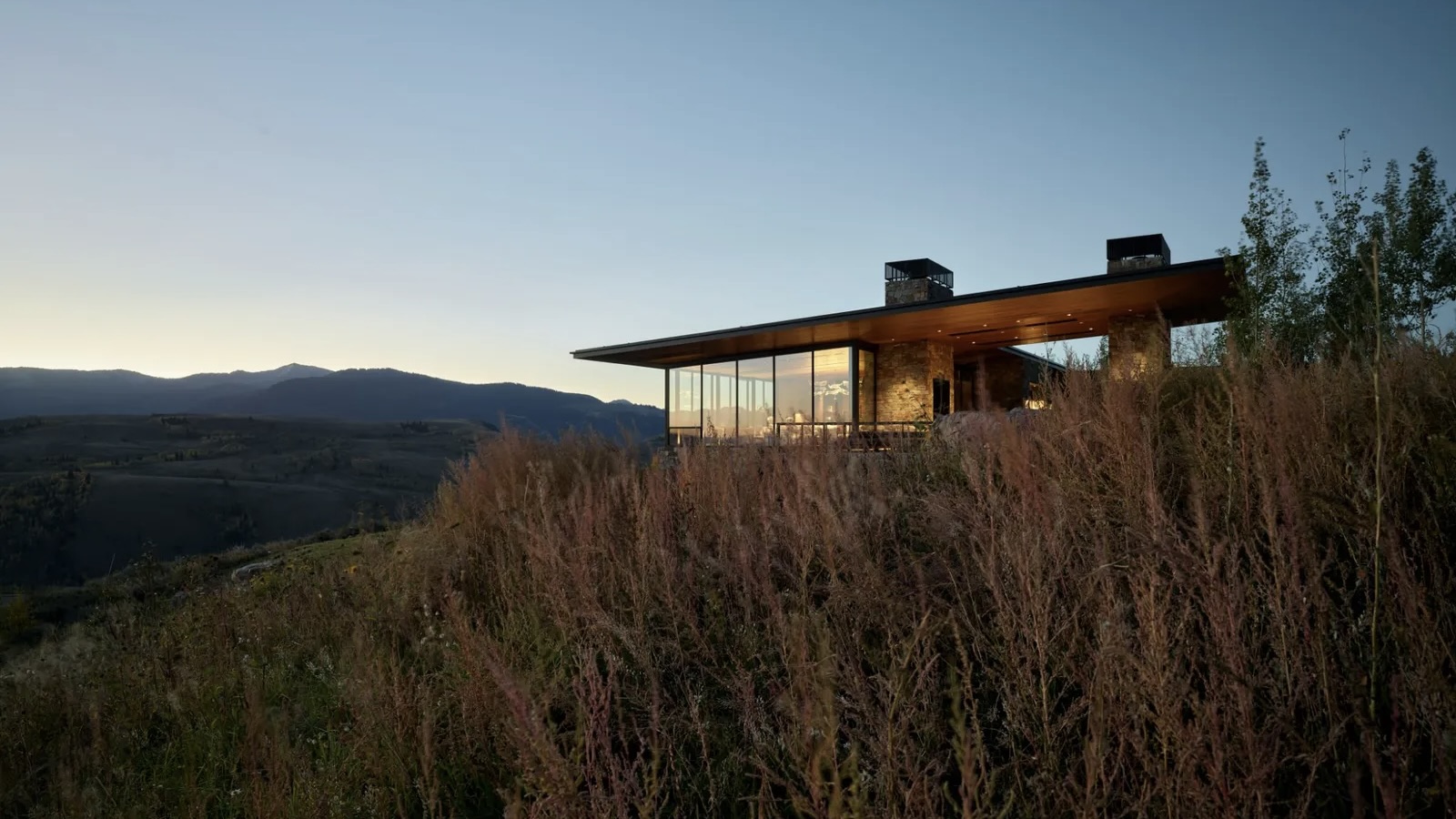 The Architecture Edit: Wallpaper’s favourite July houses
The Architecture Edit: Wallpaper’s favourite July housesFrom geometric Japanese cottages to restored modernist masterpieces, these are the best residential projects to have crossed the architecture desk this month
-
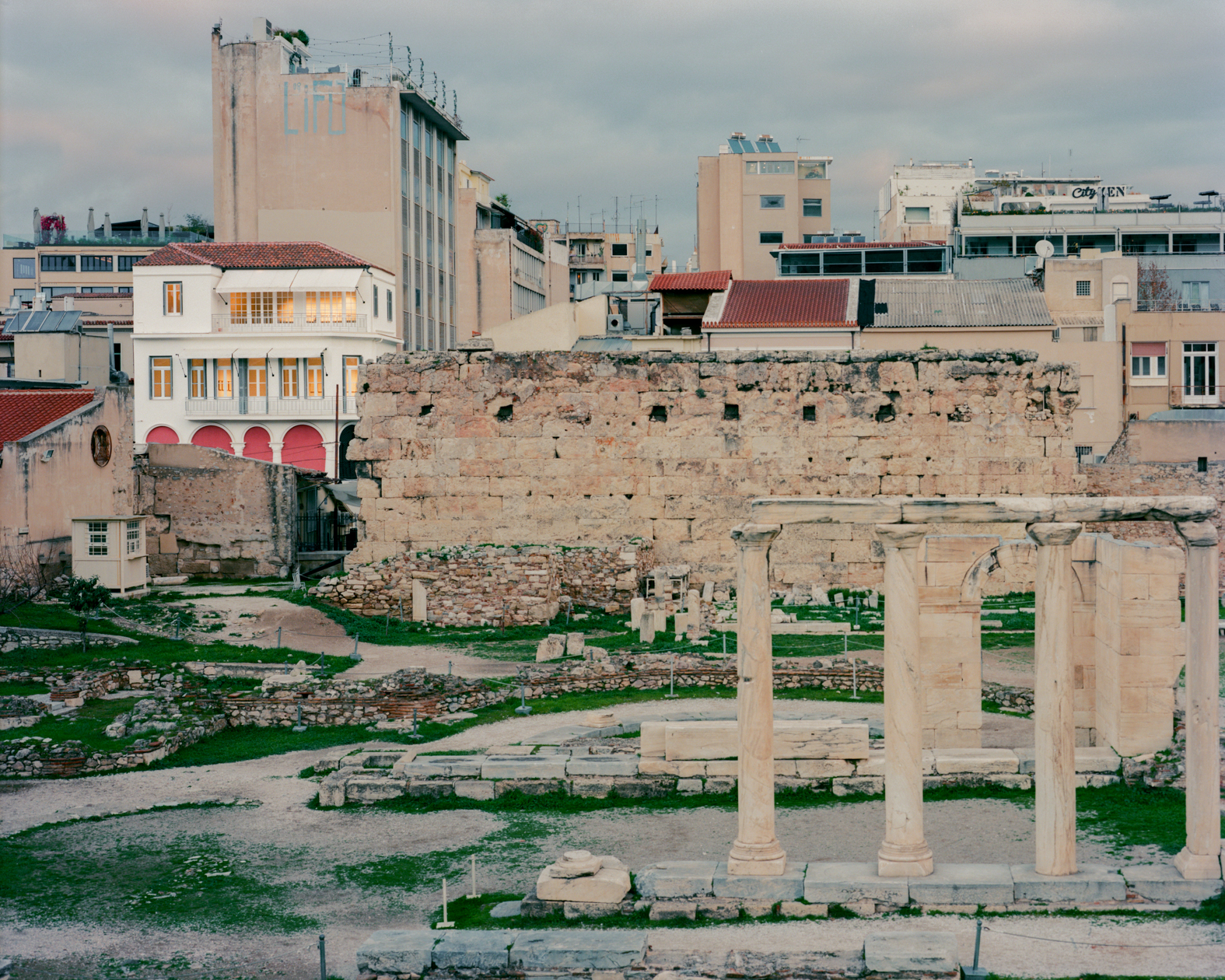 A new Athens gallery is a celebration of old and new, a stone's throw from the Acropolis
A new Athens gallery is a celebration of old and new, a stone's throw from the AcropolisNew Athens gallery Melas Martinos by Local Local is a contemporary art space, a stone's throw from the Acropolis, in the Greek capital's Monastiraki neighbourhood
-
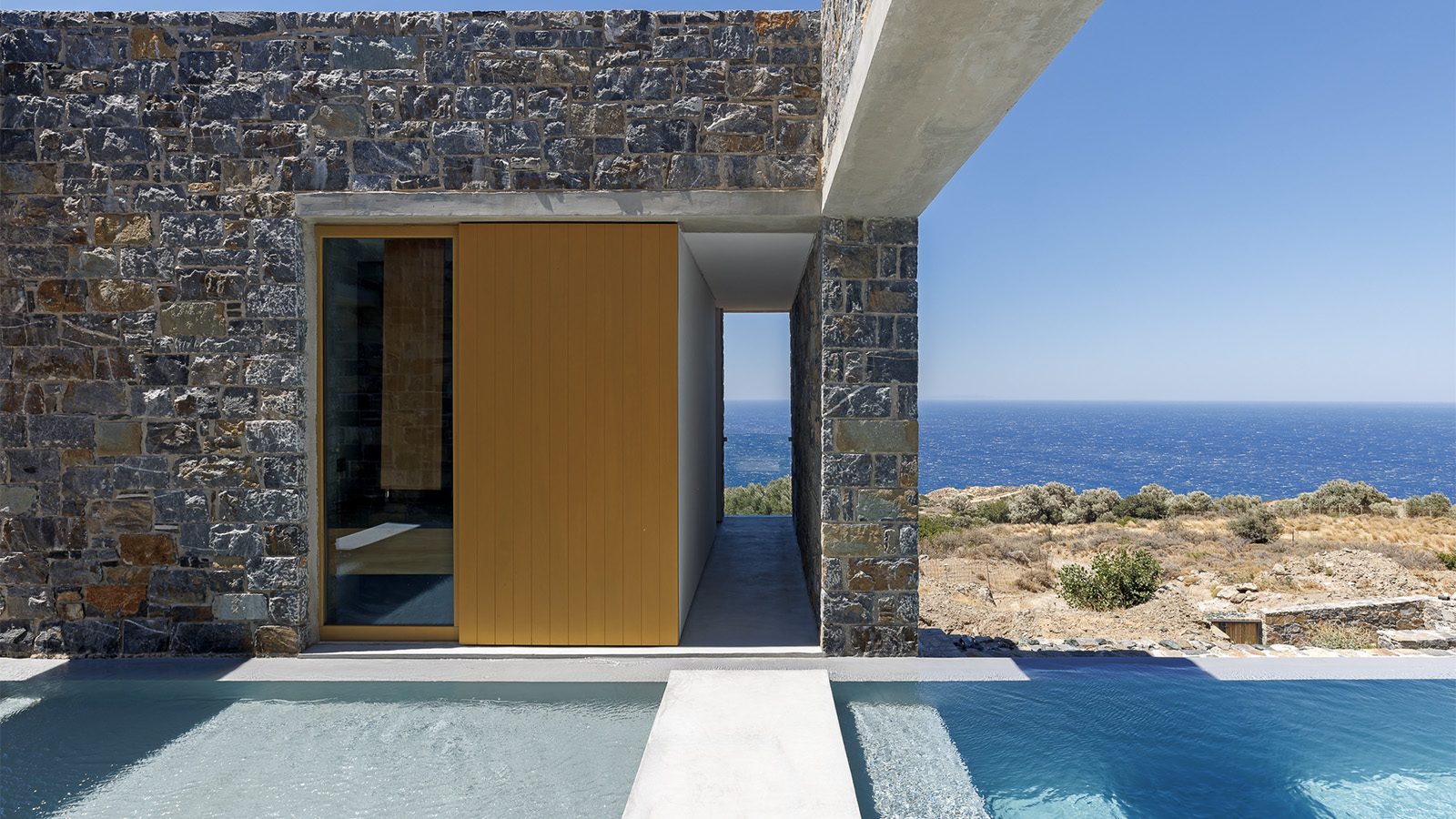 A clifftop Rethymno house tells a story, framing views as far as the Libyan Sea
A clifftop Rethymno house tells a story, framing views as far as the Libyan SeaThis house in the Rethymno region of Crete, designed by architects Gkotsis Serafimidou, is rich in local and natural materials – an oasis at which to disconnect
-
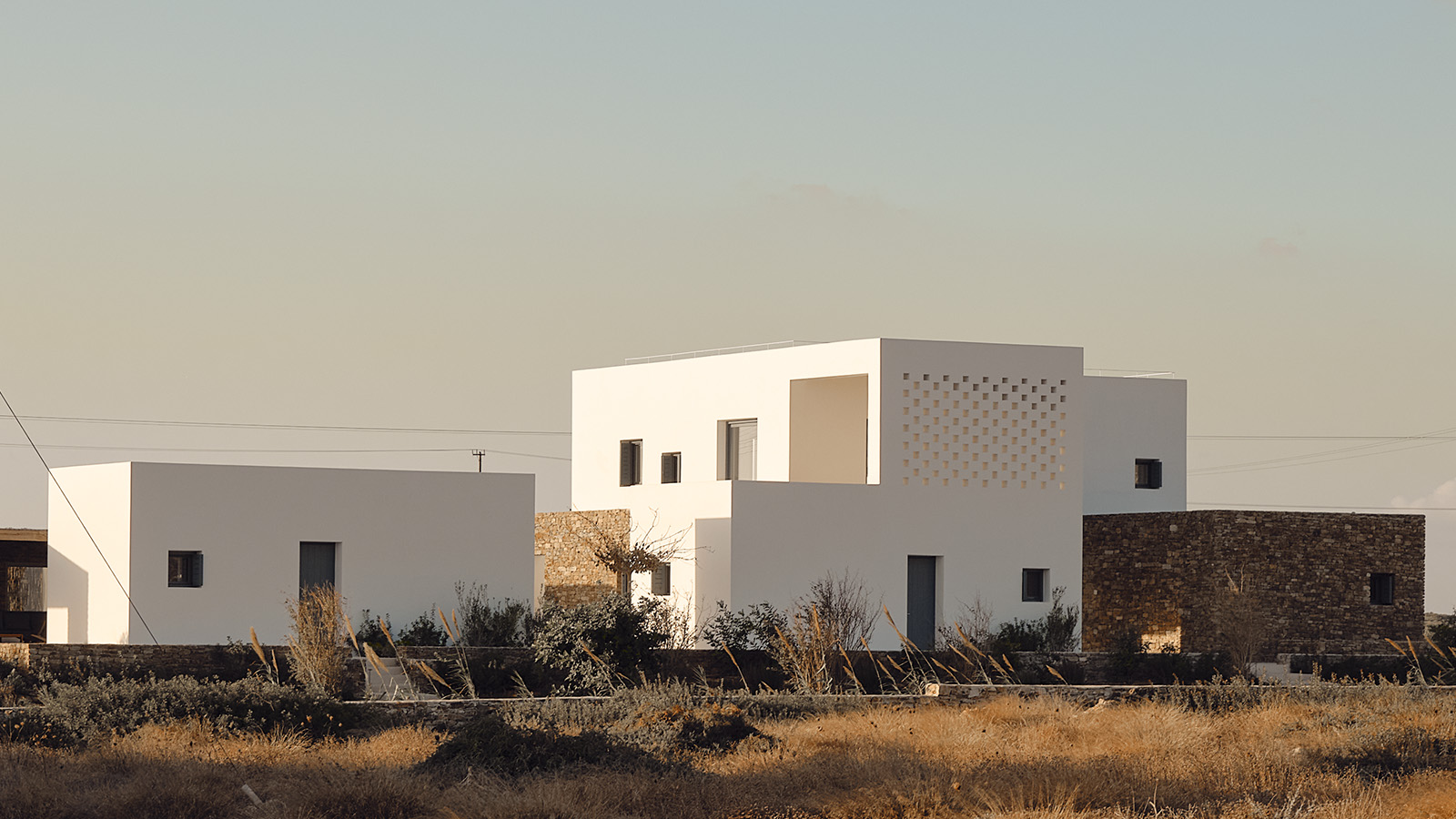 A retro video game is the unlikely inspiration for this island house in Greece
A retro video game is the unlikely inspiration for this island house in GreeceDesigned by ARP, this island house on Antiparos is a contemporary Cycladic home inspired by Tetris
-
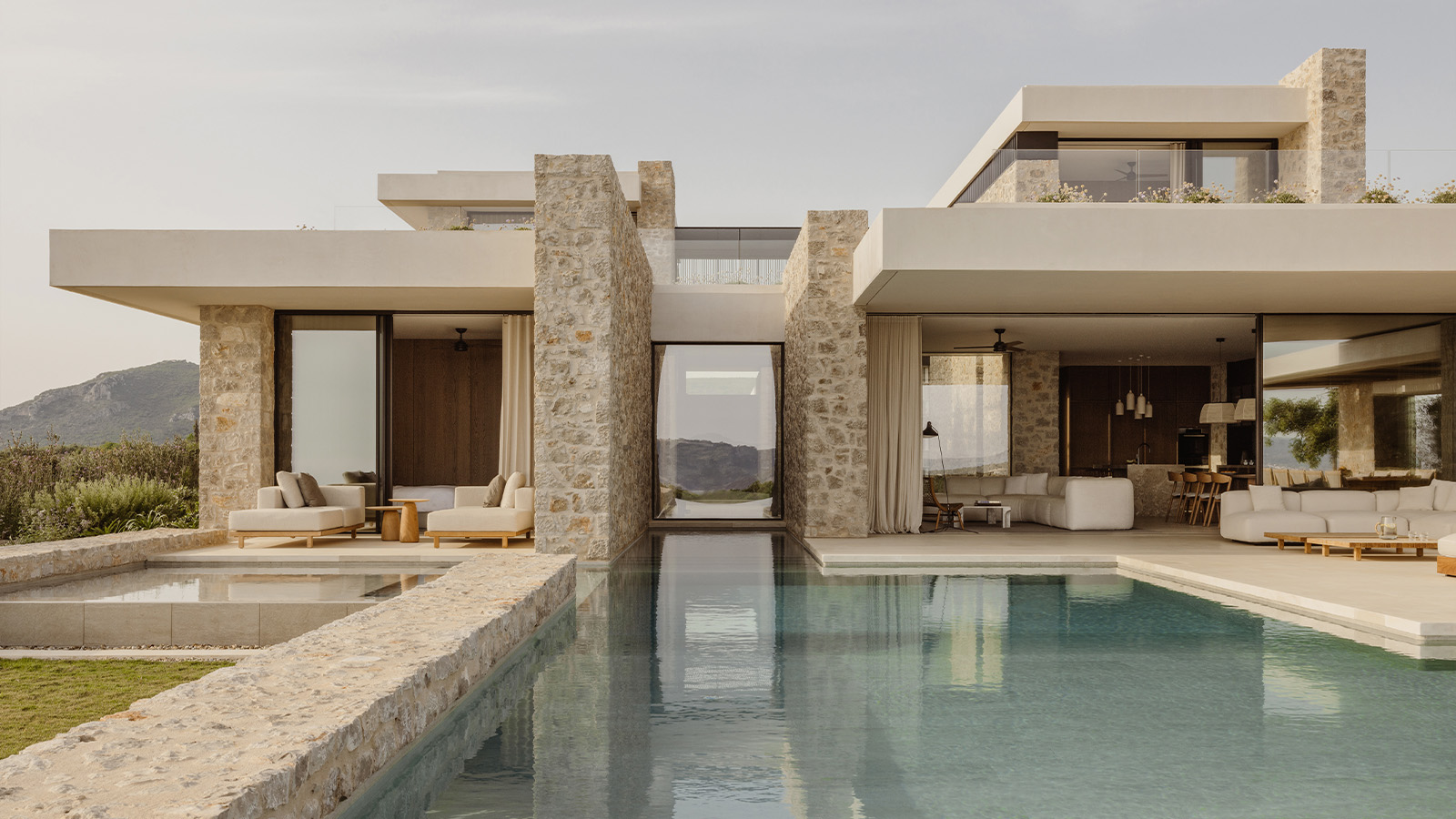 A Costa Navarino house peeks out from amidst olive groves to ocean views
A Costa Navarino house peeks out from amidst olive groves to ocean viewsThis Greek holiday residence designed by K-Studio balances timeless design principles with modernist touches
-
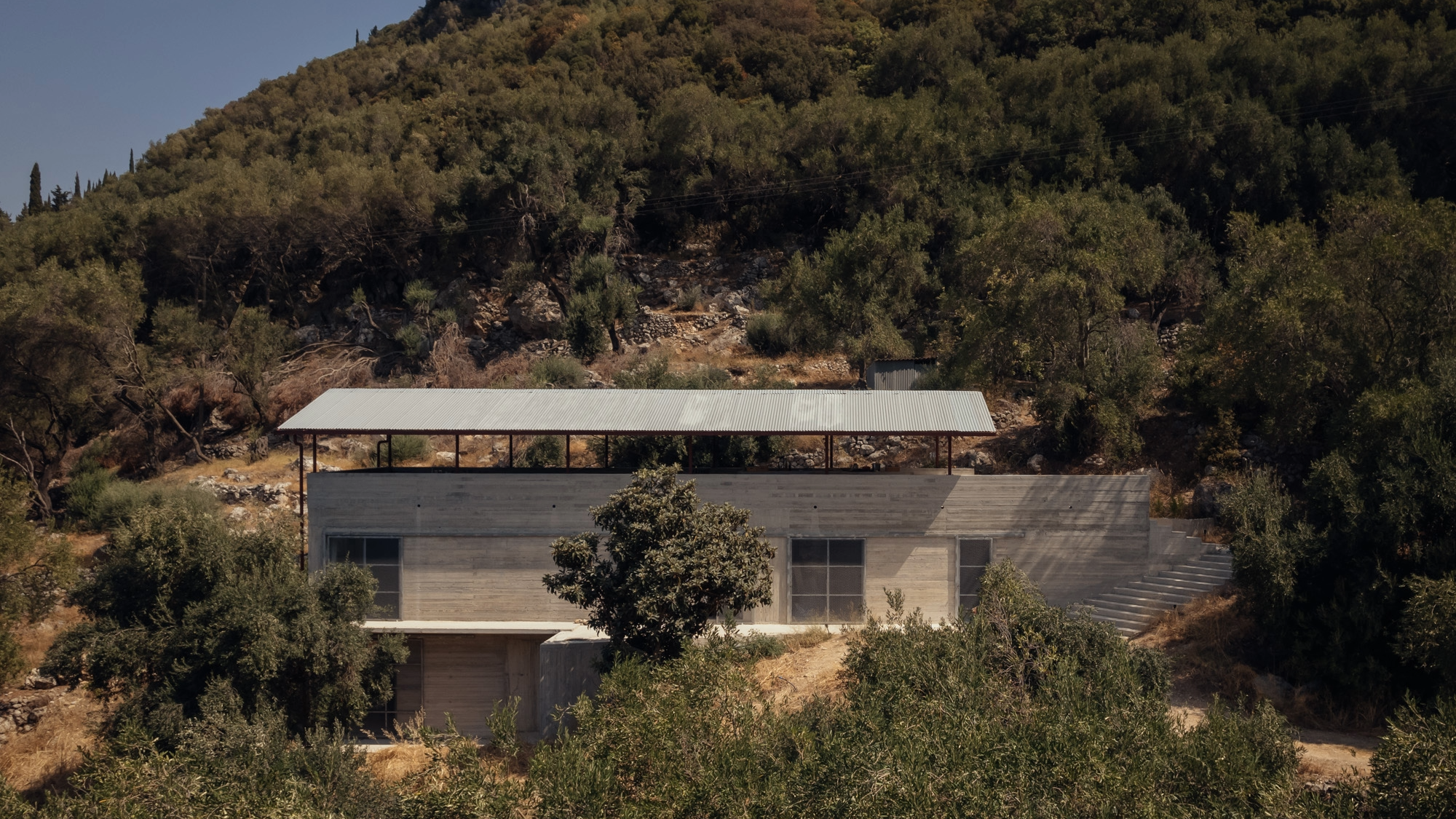 A breezy Greek island retreat lets the outdoors in
A breezy Greek island retreat lets the outdoors inOpen to the elements, an island retreat in Corfu by Invisible Studio was designed to suit the local climate, using metal mesh screens rather than windows